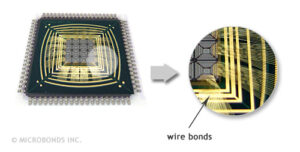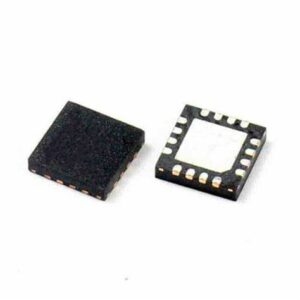Cracking MSP430G2231 Microcontroller Flash Memory and replicate program from MCU MSP430G2231 in the format of binary, embedded firmware inside microprocessor msp430f2231 will be discovered;

The clock system is supported by the basic clock module that includes support for a 32768-Hz watch crystal oscillator, an internal very-low-power low-frequency oscillator, an internal digitally-controlled oscillator (DCO), and a high-frequency crystal oscillator.
The basic clock module is designed to meet the requirements of both low system cost and low power consumption. The internal DCO provides a fast turn-on clock source and stabilizes in less than 1 µs to read msp430f2352 microcontroller flash program. The basic clock module provides the following clock signals:
Auxiliary clock (ACLK), sourced from a 32768-Hz watch crystal, a high-frequency crystal, or the internal very-low-power LF oscillator .
Main clock (MCLK), the system clock used by the CPU.
Sub-Main clock (SMCLK), the sub-system clock used by the peripheral modules. The brownout circuit is implemented to provide the proper internal reset signal to the device during power on and power off.
There are four 8-bit I/O ports implemented—ports P1, P2, P3, and P4:
All individual I/O bits are independently programmable.

Any combination of input, output, and interrupt condition is possible when extract msp430g2452 microcontroller flash program.
Edge-selectable interrupt input capability for all eight bits of port P1 and P2.
Read and write access to port-control registers is supported by all instructions. Each I/O has an individually programmable pullup or pulldown resistor.

